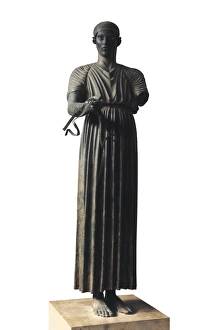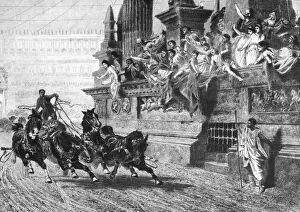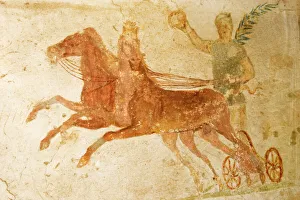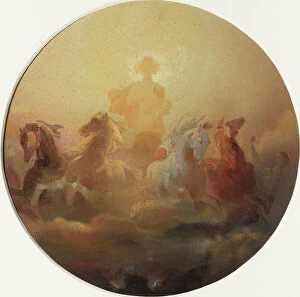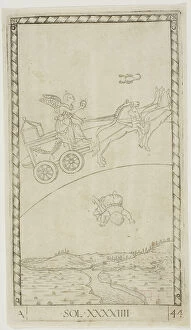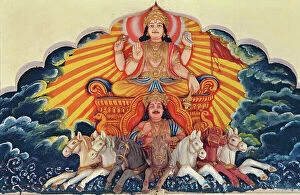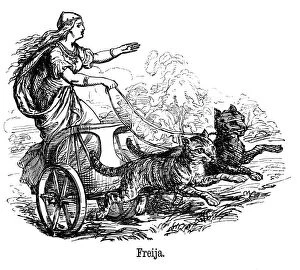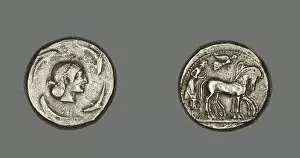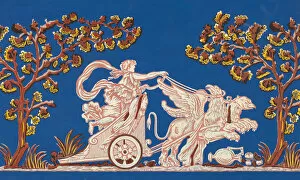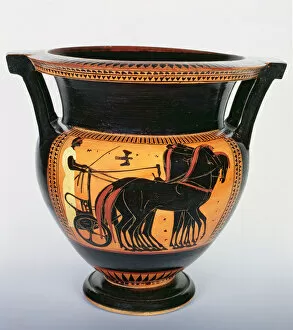Charioteer Collection
The charioteer, a figure deeply rooted in ancient history and mythology, holds a significant place in various cultures around the world
All Professionally Made to Order for Quick Shipping
The charioteer, a figure deeply rooted in ancient history and mythology, holds a significant place in various cultures around the world. From Classical Greek art to Roman frescoes and beyond, depictions of charioteers have captivated audiences for centuries. One such masterpiece is "The Charioteer, " dating back to 475 BC in Classical Greece. This sculpture showcases the exquisite craftsmanship of that era, capturing the essence of strength and control as the charioteer guides his horses with precision. In Ancient Rome, chariot races were a popular form of entertainment at venues like the Circus Maximus. A line engraving from the 19th century depicts this thrilling spectacle, showcasing the intense competition among skilled drivers vying for victory. Moving further east to Delphi, Greece, we encounter another remarkable bronze statue of The Charioteer from around 470 BC. This masterpiece stands as a testament to both artistic skill and reverence for these skilled athletes who commanded their teams with grace and expertise. "The Chariot Race, " an oil painting created in 1882 by an unknown artist (detail shown), captures the excitement and energy surrounding this ancient sport. The vibrant colors bring to life the intensity felt by both participants and spectators alike during these exhilarating events. Not limited solely to human figures driving chariots are mythological beings like Freya (Frigg), goddess of love in Scandinavian mythology. She is often depicted driving her majestic chariot pulled by cats—an enchanting portrayal that reflects her power over passion and desire. Even Barcelona's rich history features representations of quadrigas—chariots drawn by four horses—in its Roman mosaics depicting scenes from circus games held within its walls centuries ago. Lastly, we cannot forget Ramses II's iconic depiction riding his mighty chariot during the Battle of Kadesh in 1274 B. C. , symbolizing not only military prowess but also strategic brilliance.


